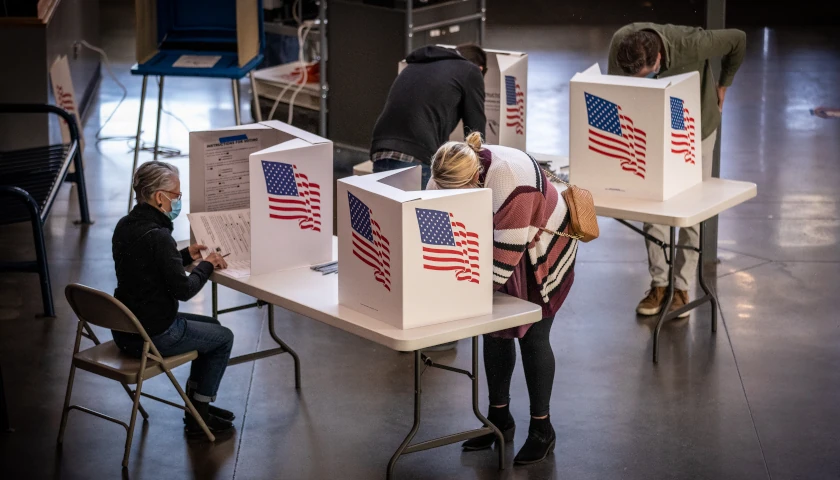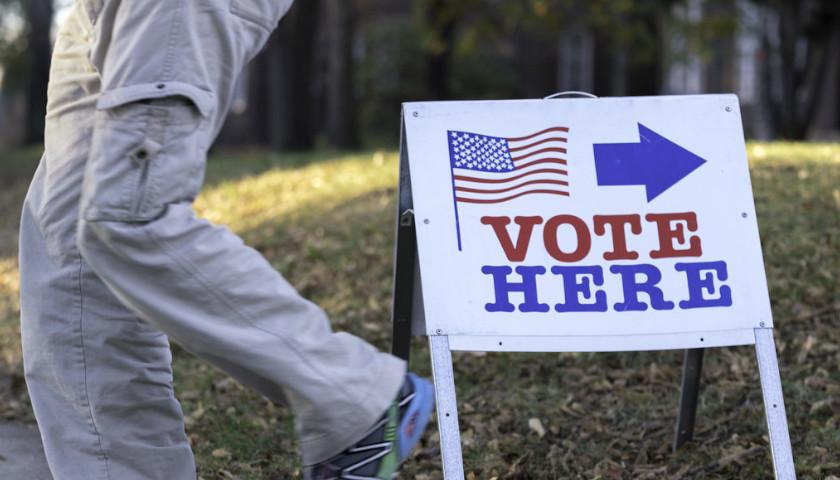Following an order from Secretary of State Frank LaRose to county boards of elections, voting reforms in Ohio that were signed into law last month will take effect sooner than anticipated.
The Ohio General Assembly adopted House Bill (HB) 458 in December and Governor Mike DeWine signed the bill into law in January of this year.
The voting law, which includes new photo ID requirements, puts limits on the number of ballot drop boxes that voters can use, as well as substitutes a four-day deadline for the previous law’s 10-day deadline for mail-in ballot delivery, does not become law until April 7th. However, the effective date is three days after early voting begins for the May primary.
According to LaRose, he is instructing Ohio’s 88 county boards of elections to immediately begin implementing the reforms before early voting on April 4th in order to prevent voter confusion.
“Having two sets of rules and requirements for the same election would result in voter confusion, so I’m directing the county boards of elections to begin implementing these reforms before early voting begins. It’s the will of the General Assembly that our elections be administered under these requirements, and it’s my job to follow their direction on how we conduct the time, place and manner of Ohio’s elections,” LaRose said.
LaRose said that having two distinct procedures for the same election could potentially violate equal protection provisions.
He stated that a different choice would be to disregard the amendments for the May primary and make them applicable to subsequent elections, but that would result in a clear violation of Ohio law.
The new law requires a photo ID to vote, extends voting hours the week before the election, extends the deadline to request an absentee ballot, and allows 17-year-olds to work as poll workers.
Additionally, it eliminates early voting in person on the Monday before election day, however, the Secretary of State may transfer those hours to different days.
According to the law, a voter may use a military ID or a U.S. passport in addition to an Ohio driver’s license or ID card that includes their current or previous residence.
Previously, voters could use a utility bill, bank statement, government check, or another government document with a current address as ID while casting a ballot in person on Election Day. These won’t be permitted continuing forward.
Ohio’s primary election is on May 2nd, with early voting beginning on April 4th.
– – –
Hannah Poling is a lead reporter at The Ohio Star and The Star News Network. Follow Hannah on Twitter @HannahPoling1. Email tips to [email protected]
Photo “Frank LaRose” by Frank LaRose. Background Photo “Election Day 2020” by Phil Roeder. CC BY 2.0.





